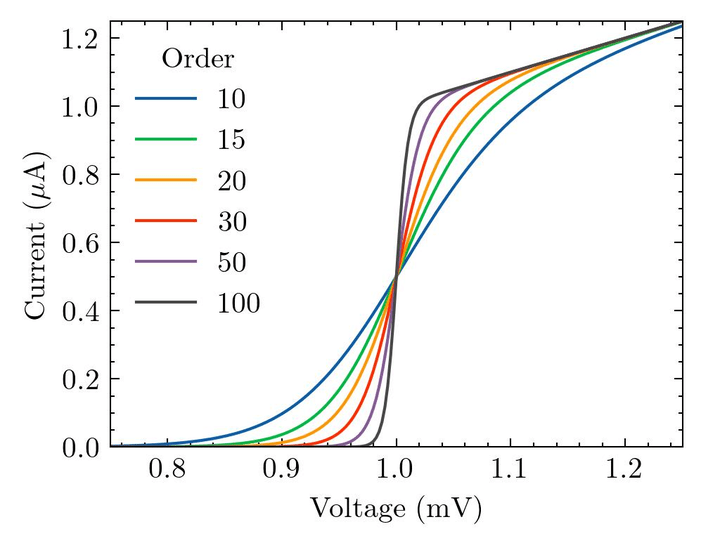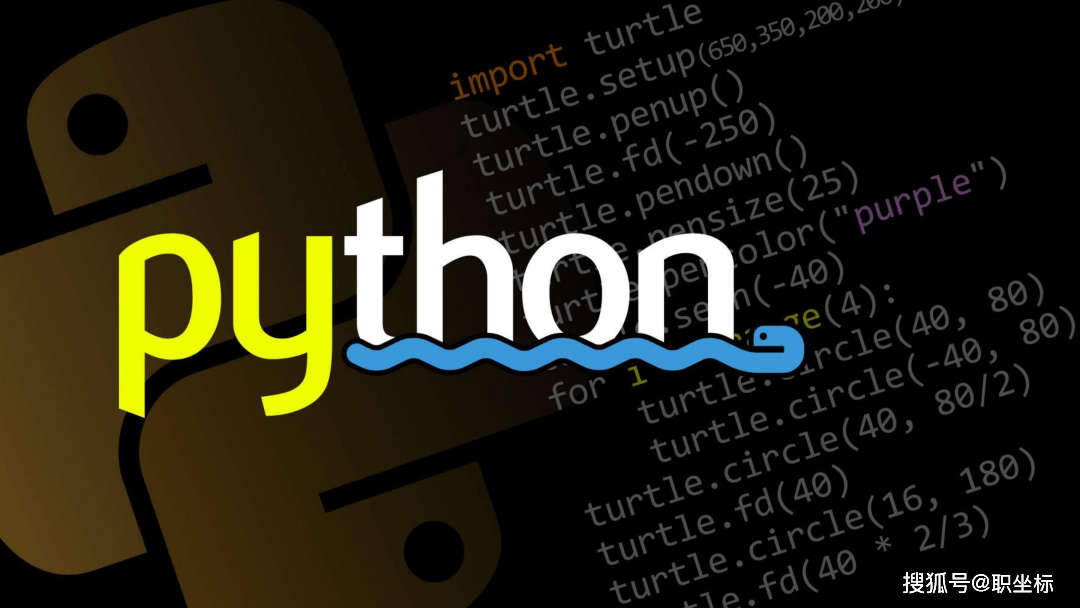Python/ target=_blank class=infotextkey>Python中的*和**是两个强大的符号,它们具有多种用途,包括解包参数、扩展序列、字典和集合操作等。
本文介绍这两个符号的各种用法,并提供详细的示例代码,帮助更好地理解它们的功能。
在函数定义中,*可以用来解包位置参数。这使得函数可以接受不定数量的位置参数,将它们打包成一个元组。
def add(*args):
result = 0
for num in args:
result += num
return result
print(add(1, 2, 3)) # 输出 6
**用于解包关键字参数,将它们打包成一个字典。
def person_info(**kwargs):
for key, value in kwargs.items():
print(f"{key}: {value}")
person_info(name="Alice", age=30, country="USA")
# 输出:
# name: Alice
# age: 30
# country: USA
*可以用于扩展列表,将一个列表中的元素拆分后传递给另一个列表。
list1 = [1, 2, 3]
list2 = [4, 5, 6]
list1.extend(list2)
print(list1) # 输出 [1, 2, 3, 4, 5, 6]
# 使用 * 扩展列表
list1 = [1, 2, 3]
list2 = [4, 5, 6]
list1 = [*list1, *list2]
print(list1) # 输出 [1, 2, 3, 4, 5, 6]
**可以用于扩展字典,将一个字典中的键值对拆分后传递给另一个字典。
dict1 = {"name": "Alice", "age": 30}
dict2 = {"country": "USA"}
dict1.update(dict2)
print(dict1)
# 输出:{'name': 'Alice', 'age': 30, 'country': 'USA'}
# 使用 ** 扩展字典
dict1 = {"name": "Alice", "age": 30}
dict2 = {"country": "USA"}
dict1 = {**dict1, **dict2}
print(dict1)
# 输出:{'name': 'Alice', 'age': 30, 'country': 'USA'}
*可以用于将位置参数和关键字参数分隔开,从而指定只接受关键字参数。
def greet(name, *, message="Hello"):
print(f"{message}, {name}!")
greet("Alice") # 输出 "Hello, Alice!"
**可以用于接收任意数量的关键字参数,这些参数将被打包成一个字典。
def person_info(name, age, **kwargs):
print(f"Name: {name}")
print(f"Age: {age}")
print("Other Info:")
for key, value in kwargs.items():
print(f"{key}: {value}")
person_info(name="Alice", age=30, country="USA", job="Engineer")
# 输出:
# Name: Alice
# Age: 30
# Other Info:
# country: USA
# job: Engineer
*用于解包元组中的元素。
fruits = ("Apple", "banana", "cherry")
a, b, c = fruits
print(a, b, c) # 输出 "apple banana cherry"
**用于解包字典中的键值对。
info = {"name": "Alice", "age": 30}
person_info(**info) # 传递字典作为关键
字参数
# 输出:
# Name: Alice
# Age: 30
*也可用于打包位置参数,将多个参数打包成一个元组。
def multiply(*args):
result = 1
for num in args:
result *= num
return result
numbers = (2, 3, 4)
print(multiply(*numbers)) # 输出 24
**用于打包关键字参数,将多个关键字参数打包成一个字典。
def print_colors(**kwargs):
for key, value in kwargs.items():
print(f"{key}: {value}")
colors = {"color1": "red", "color2": "blue", "color3": "green"}
print_colors(**colors) # 传递字典作为关键字参数
# 输出:
# color1: red
# color2: blue
# color3: green
def advanced_example(*args, **kwargs):
for arg in args:
print(arg)
for key, value in kwargs.items():
print(f"{key}: {value}")
advanced_example(1, 2, 3, name="Alice", age=30)
# 输出:
# 1
# 2
# 3
# name: Alice
# age: 30
*和**的使用对于构建通用函数和接收不定数量参数的函数非常有用。通过合理使用这些功能,您可以增强函数的灵活性和可重用性。
*和**是Python中非常有用的符号,它们用于解包和打包参数,扩展序列和字典,以及在函数参数中接受不定数量的参数。这些功能使Python的函数更加灵活,并有助于编写更通用的代码。







